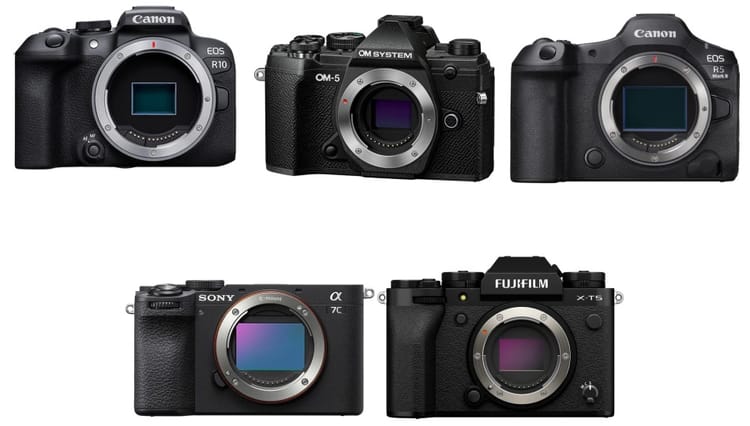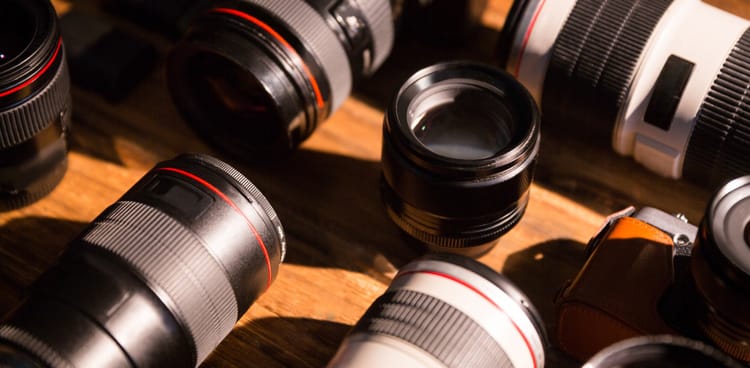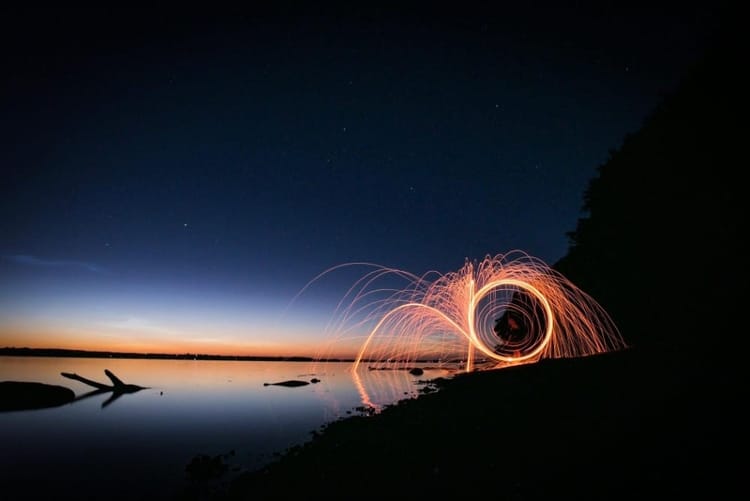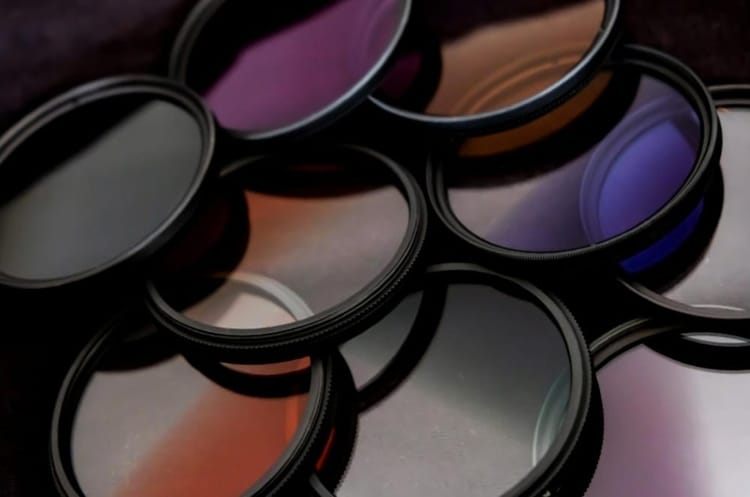Best Digital Camera for Beginners: Top Picks for 2025
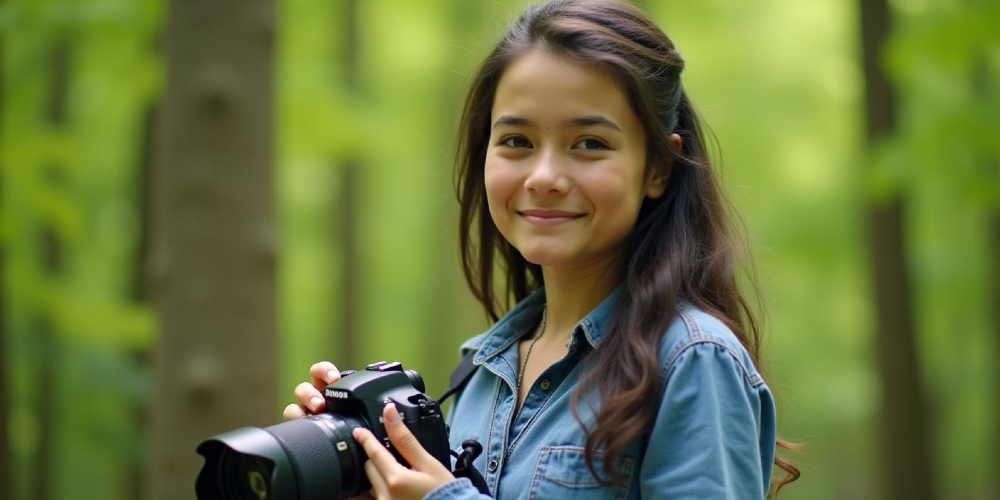
Looking for the best digital camera to start your photography journey? You've come to the right place. We've researched and tested the top options to help you make an informed choice.
The Canon EOS R10 stands out as the best digital camera for beginners in 2025. It offers a great mix of features for both photos and videos, making it perfect for new photographers. While it's pricier than some other options, its quality and versatility make it worth considering.
If you're working with a tighter budget, there are great affordable options like the Olympus OM-D E-M10 Mark III that can assist you in grasping the fundamentals without straining your finances. No matter your requirements, our guide will help you discover a camera that suits your objectives and budget.
Understanding Camera Types
Digital cameras come in several main types, each with unique features. Knowing the differences can help you choose the right camera for your needs.
DSLR vs Mirrorless Cameras
DSLRs use a mirror system to reflect light from the lens to the viewfinder. They offer great image quality and fast autofocus. Many professionals still prefer DSLRs for their reliability and wide lens selection.
Mirrorless cameras are newer and more compact. They don't have a mirror, so they're lighter and quieter. These cameras are catching up to DSLRs in performance and are becoming very popular.
Both types let you change lenses, giving you more creative control. DSLRs often have better battery life, while mirrorless cameras are usually smaller and easier to carry.
Compact Camera Overview
Compact cameras, also called point-and-shoots, are small and easy to use. They have fixed lenses and are great for beginners or as backup cameras.
These cameras are compact enough to fit in your pocket, making them ideal for everyday photography. Many models boast impressive zoom capabilities and can capture high-quality images using auto mode.
Some advanced compact cameras offer manual controls and RAW shooting. They're a good step up from smartphone cameras without the complexity of larger systems.
The Rise of Mirrorless Systems
Mirrorless cameras are becoming more popular each year. They offer DSLR-like quality in a smaller package.
Key benefits of mirrorless systems:
- Smaller and lighter bodies
- Electronic viewfinders show exactly what you'll capture
- Often have faster continuous shooting speeds
Many camera brands are focusing on mirrorless technology. You'll find a growing selection of lenses and accessories for these systems.
Mirrorless cameras are great for travel and street photography. They're also becoming common in professional settings, challenging DSLRs in areas like sports and wildlife photography.
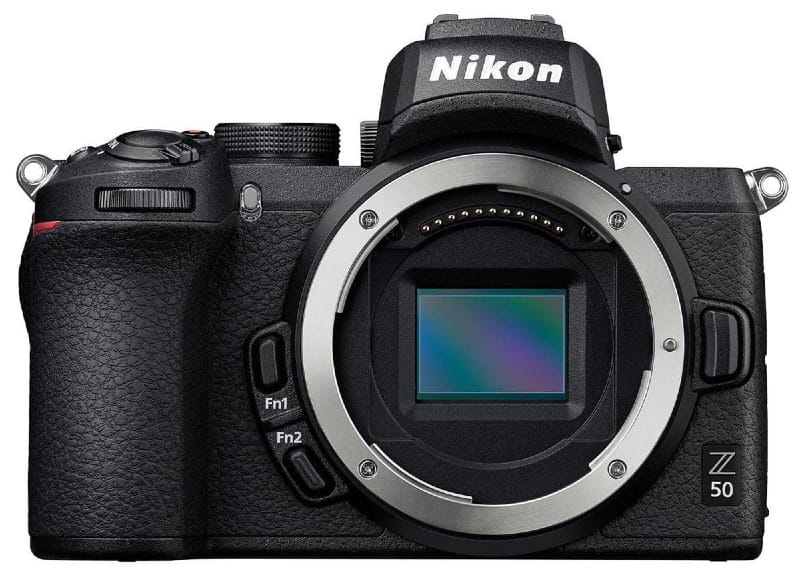
Key Features to Consider
When buying a digital camera as a beginner, focus on image quality, autofocus, and video capabilities. These features will help you take better photos and grow your skills.
Image Quality and Sensor Size
Image quality is crucial for any camera. Look for cameras with larger sensors, like APS-C or Micro Four Thirds. These sensors capture more light and detail, giving you better photos.
APS-C sensors are common in entry-level cameras. They offer good image quality and work well in low light. Micro Four Thirds sensors are smaller but still produce nice images.
Pay attention to megapixels, but don't let them be your only guide. More megapixels don't always mean better photos. A 20-24 megapixel camera is plenty for most beginners.
Look for cameras with good low-light performance. This lets you take clear photos in dim settings without using flash.
Autofocus Capabilities
Good autofocus helps you capture sharp, clear images. Many beginner cameras now have advanced autofocus systems.
Look for cameras with multiple autofocus points. More points mean better focus across the whole image. Some cameras have over 100 focus points.
Face and eye detection are useful features. They help keep portraits in focus, even if your subject moves.
Continuous autofocus is great for moving subjects. It tracks objects as they move, keeping them sharp. This is handy for sports or wildlife photography.
Video Recording Features
Numerous newcomers are eager to create videos as well. Seek cameras capable of 4K resolution recording, which provides sharper and more detailed footage.
Check the frame rates available. Higher frame rates let you create smooth, slow-motion videos. Look for at least 30 frames per second in 4K.
Image stabilization helps reduce camera shake in videos. This is especially useful when shooting handheld.
Audio quality matters, too. Some cameras have built-in microphones, while others let you connect external mics for better sound.
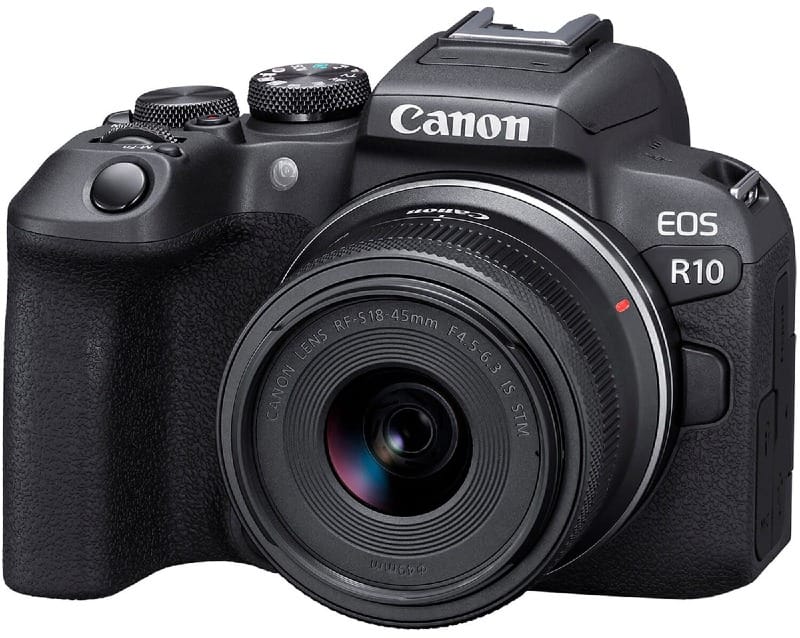
Recommended Beginner Cameras
Choosing the right camera for a beginner can be exciting. You'll find options that fit your needs and budget, from DSLRs to mirrorless and compact models.
Best DSLR Cameras for Beginners
The Nikon D3500 is a great entry-level DSLR. It's easy to use and takes high-quality photos. The camera has a guide mode to help you learn photography basics.
The Canon EOS Rebel SL3 (also known as the 250D) is another top pick. It's lightweight and has a flip-out touchscreen. This makes it good for both photos and videos.
Both cameras offer good image quality and battery life. They also have a wide range of lenses available.
Top Mirrorless Cameras for New Photographers
The Canon EOS R10 is a solid choice for beginners. It has fast autofocus and can shoot 4K video. The camera is compact but still feels good to hold.
Sony's ZV-E10 is great if you want to make videos. It has a flip-out screen and a built-in microphone. This makes it perfect for vlogging.
The Nikon Z30 is another good option. It's small, easy to use, and takes nice photos. It also has good video features.
These cameras are lighter than DSLRs. They often have better autofocus for video.
Affordable Compact Cameras for Easy Use
The Sony ZV-1 is a compact camera that's great for vlogging. It has a flip-out screen and good video quality. The camera is small enough to fit in your pocket.
The Canon PowerShot G7 X Mark III is another good choice. It takes great photos and videos. The camera has a touch screen and can live stream to YouTube.
These cameras are easy to use and carry. They're good for travel or everyday photos.
Noteworthy Entry-Level Camera Models
The Olympus OM-D E-M10 Mark IV is a small but powerful camera. It has in-body image stabilization and a flip-down screen. This helps you take clear photos and selfies.
The Fujifilm X-T30 II offers great image quality in a compact body. It has film simulation modes that give your photos a unique look.
The Nikon Z fc has a cool retro design. It's easy to use and takes nice photos. The camera works well in low light.
These cameras offer features usually found in more expensive models. They're good for beginners who want to grow their skills.
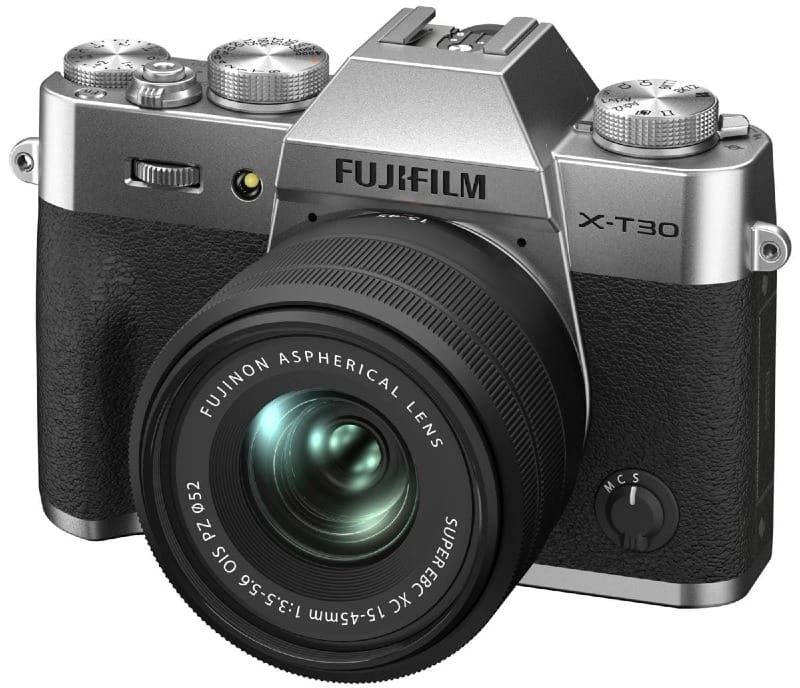
Essential Accessories and Lenses
Getting the right gear can boost your photography skills. Let's look at key accessories and lenses to help you take better photos.
Choosing the Right Lenses
Start with a kit lens that comes with your camera. It's good for everyday shots. As you grow, think about adding more lenses.
A prime lens with a fixed focal length is great for portraits. It gives sharp images and works well in low light.
For far-away subjects, try a telephoto lens. It's perfect for wildlife or sports photos.
Wide-angle lenses are good for landscapes and big group shots. They let you fit more in the frame.
Think about what you like to shoot most. Pick lenses that match your style.
Image Stabilization Tools
Image stabilization helps prevent blurry photos. Many cameras have it built-in.
In-body image stabilization moves the sensor to counter shaking. It works with any lens you use.
Some lenses have their own stabilization. This can work with in-body systems for even better results.
A tripod is a must-have tool. It keeps your camera steady for sharp shots, even in low light.
For a smoother video, try a gimbal. It helps keep your camera level as you move.
Additional Photography Accessories
A camera bag protects your gear and makes it easy to carry. Choose one that fits your camera and lenses well.
Extra batteries and memory cards are key. You don't want to run out of power or space for photos.
Filters can help in bright light or add effects to your shots. A UV filter also protects your lens.
A remote shutter release lets you take photos without touching the camera. It's great for long exposures.
A good cleaning kit keeps your camera and lenses in top shape. Use it often to keep your gear working well.
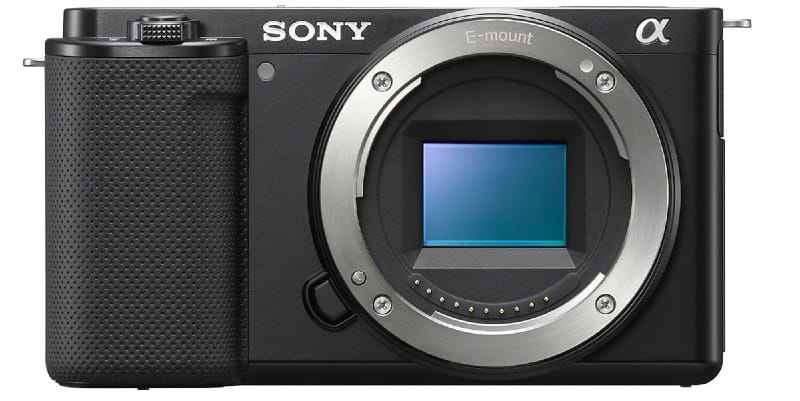
Getting Started with Your New Camera
A new camera opens up exciting possibilities for capturing memories and exploring photography. Learning some key skills will help you get the most out of your device right away.
Basic Photography Skills and Techniques
Start by getting familiar with how to hold your camera steady. Use both hands and keep your elbows tucked in for stability. Practice framing shots by using the rule of thirds - imagine dividing the image into a 3x3 grid and placing key elements along the lines or intersections.
Pay attention to lighting. Natural light often produces the best results. For indoor shots, try positioning subjects near windows. Experiment with different angles and perspectives to add visual interest.
Learn to use focus effectively. Many cameras let you tap the screen to set the focus point. Try focusing on eyes in portraits or key details in other subjects.
Understanding Shooting Modes
Most cameras have several shooting modes to help you get good results in different situations:
- Auto: The camera chooses settings for you
- Portrait: Blurs the background to make people stand out
- Landscape: Keeps everything in focus for wide shots
- Sports: Uses fast shutter speeds to freeze action
- Night: Allows more light in for low-light scenes
Start in Auto mode, then try others as you get more comfortable. Many beginners find Aperture Priority mode useful - you set the aperture (f-stop), and the camera handles the rest.
Sharing and Storing Your Images
Most modern cameras have Wi-Fi or Bluetooth to send photos to your phone for quick sharing. You can also connect your camera to a computer using a USB cable to transfer images.
Set up a system to organize your photos. You might create folders by date or event. Make backups to protect your images - use cloud storage or an external hard drive.
Edit your best shots to make them shine. Many cameras have basic editing tools built-in. You can also use free software like GIMP or phone apps for more options.
Conclusion
Picking your first digital camera can feel daunting. There are many great options for beginners in 2025.
The Canon EOS R10 stands out as a top choice. It offers user-friendly features and room to grow your skills.
For those on a tighter budget, the Nikon Z50 is worth considering. It delivers quality results at a lower price point.
If you prefer a compact size, look at the Fujifilm X-T30 II. It packs advanced features into a smaller body.
Remember, the best camera is one you'll actually use. Choose a model that fits your needs and budget.
Don't stress too much about brand loyalty. Both Canon and Nikon make excellent beginner-friendly cameras.
As you shop, focus on ease of use, image quality, and price. These factors matter most when you're starting out.

